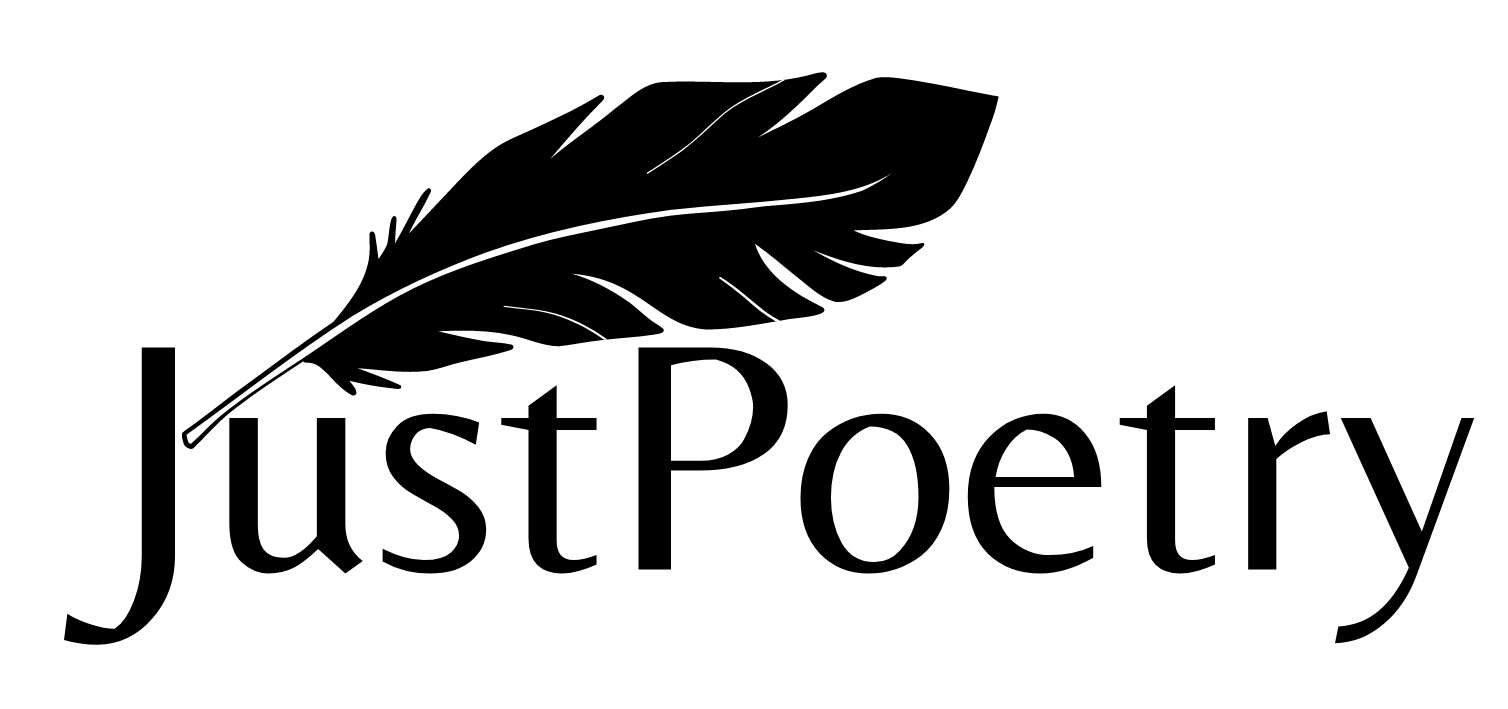Paradox in Poetry: Understanding Its In-depth Definition and Examples
It’s been said that paradox in poetry is so complex, it will blow your mind. From the most intricate of poetic styles to the simplest of verses, this perplexing subject has long been a source of intrigue and confusion for many readers. But here’s the thing: understanding the definition and examples of paradox in poetry doesn’t have to be an impossible feat!
With a little help from me, you’ll soon get to grips with these seemingly tricky concepts – and gain a newfound appreciation for this beautiful form of expression at the same time.
So let’s dive right into our exploration of paradox in poetry: its in-depth meaning and examples.
Definition Of Paradox
Paradox can be a confusing concept. It involves contradictory or paradoxical statements used to explore an idea and provoke thought. Understanding the definition is essential for understanding how it’s used in poetry.
At its core, it refers to something that appears contradictory but also has truth behind it. Paradox often serves as a literary device which allows writers to go beyond surface-level meaning and explore complex ideas. Common examples include saying someone is both brave and cowardly at the same time or having two conflicting thoughts exist simultaneously.
In poetry, this means exploring the tension between what might seem opposites such as life and death, joy and sorrow, etc., with centrality of paradox by demonstrating these seeming contradictions within one poem.
Metaphysical poets were particularly noted for their use of the paradox to emphasize their points while some modern poets have continued this tradition by using this literary technique with strong emotional language. Whereas certain poems may contain plain irony throughout, others will leave the use of paradox until later when readers gloss over it after they have experienced the poem and understood its internal structure.
The use of it emphasized not only indeterminate lines but also shifts in meaning when words are placed in relation to each other – making up his language as he goes along. Writing of poems is unique because each poem offers different interpretations depending on who reads them; however, they all uniquely embody their meanings without needing crutches like metaphor or simile – though sometimes even poetry can reveal hidden truths through the careful use of structure like parallelism or antithesis.
Nonetheless, given its nature as a form of art, it seems appropriate and inevitable that poetry should mean more than just what lies beneath its surface-level appearance; instead, the tension created by contrasting concepts works together to create fully realized pieces where everything must work together harmoniously for any kind of meaningful message to come across effectively from poet to reader.
Use Of Paradox In Poetry
A paradox is a statement or situation that contains seemingly contradictory elements. Regarding poetry, language can create a paradox to express complex ideas with layers of meaning and thought-provoking implications.
Paradoxes are often used as an effective literary tool by poets who aim to add complexity and depth to their works. When looking at examples of paradox in poetry, there are two main types – literary and logical.
Literary paradoxes involve using words that seem incompatible but when put together, they convey an idea that may not always make sense on its own but adds insight into the poem’s overall message. Logical paradoxes involve statements where logic seems to contradict itself; this type of paradox is often used for philosophical purposes.
Paradoxes also have relevance in everyday conversation; we use them all the time without even realizing it! Unusual phrases like “it takes courage to show fear” contain hidden meanings that require context and imagination to understand fully.
By being aware of how poets employ these techniques, readers can gain deeper insights into poetic messages behind poems written centuries ago and those written today.
Origins Of The Paradox
‘The best laid plans of mice and men often go awry,’ an oft-quoted adage, which succinctly encapsulates the idea of paradox in poetry.
A paradox is a statement that contains seemingly two contradictory statements but when reconciled can explain a larger concept or truth. It concludes these contradictory statements to provide deeper insight into their meaning than just reading them at face value.
In poetry, writers use paradoxes to deliberately create tension by using language that seems to contradict itself yet remains true nonetheless. Doing this allows them to illustrate complex concepts more effectively without resorting to convoluted explanations. Through their words, poetic devices like paradoxes allow readers to explore the nuances between contrasting ideas while generating thought-provoking questions.
Paradoxical phrases may appear simple on the surface but have hidden depths that beg for further exploration and understanding. For example, one famous poem states “I must be cruel only to be kind” – a phrase that would normally seem illogical yet makes perfect sense within context. Paradoxes help us better understand our reality by forcing us out of our comfort zone and challenging us with fresh perspectives on established truths.
Common Examples Of Paradox
The paradox is a powerful tool in the world of poetry, offering an opportunity to explore seemingly contradictory ideas.
One example of this device is when the poet suggests that ‘palm to palm is holy’ – meaning that even something as simple and mundane as clasping hands can become a sacred ritual if you draw closer towards it. This idea of drawing resolution from two opposites or contraries is another frequently used element in poetic paradoxes.
A good example would be how love and hate are part of the same emotion; by reconciling these two extremes, we can better understand our feelings. A further popular use for paradoxes within poetry is to highlight deeper truths about life, often by mixing humor and sadness.
For instance, one might write about finding joy through sorrowful moments, emphasizing how difficult things can bring us immense pleasure.
Likewise, combining contradictions such as ‘light darkness’ or ‘cold fire’ creates vivid images that capture the complexities found throughout life’s journey. Paradoxes have been widely employed in literature since ancient times, with their ability to bridge gaps between opposing thoughts continuing to be seen today.
Through cleverly crafted lines filled with contradiction, poets invite readers to explore what lies beneath surface-level beliefs and values – allowing them to discover new depths within themselves they may never have known before.
Language Of Paradox
The language of the poem often involves an anomalous juxtaposition of incongruous ideas for the sake of striking exposition or unexpected insight. Examining apparently contradictory statements and drawing conclusions either to reconcile them or to explain new meanings is a powerful paradoxical poem in modern history.
A powerful example of this occurs in Shakespeare’s famous line, ‘To be, or not to be,’ which laid out two opposing options and asked readers to ponder their meaning and implications.
Modern poetry continues to embrace paradox as writers strive to capture complex emotions and thoughts with words that sometimes contradict each other. In Emily Dickinson’s “Hope is the thing with feathers,” she uses a bird metaphor to describe hope while simultaneously personifying it by suggesting it has feathers. Similarly, Robert Frost’s “Nothing Gold Can Stay” combines opposites such as death and life when he writes about how quickly things fade in nature: “Her early leaf’s a flower; But only so an hour.’
Paradox can also be found within single words, like Wislawa Szymborska’s title ‘Love at First Sight’. The phrase suggests something positive but Szymborska turns it around by writing a pessimistic poem about seeing someone who appears perfect on first glance but ultimately disappoints you later on.
This kind of play between expectation and reality creates an interesting tension that makes us think twice about our observations and feelings towards people and experiences alike.
Literary Paradox And Logical Paradox
I know the term ‘paradox’ might sound intimidating. But don’t worry, it’s not that complicated. It simply means a statement or situation that seems contradictory but may actually be true.
There are two main types of paradoxes: literary and logical.
- Let’s start with literary paradoxes. These often appear in poetry and literature as an unexpected twist on words to create a powerful effect. For example, the phrase “palm to palm” has been used to describe both love and violence – suggesting how quickly one can turn into the other. This is just one example of a literary paradox, where opposites come together in harmony.
- Logical paradoxes are slightly different – they involve statements that seem logically impossible yet still manage to make sense somehow! Take for instance, the famous ‘This sentence is false’ example; saying this statement is both true and false at once creates an interesting idea about language and logic that can take some time to wrap your head around!
Poets Who Used Paradox
I’m sure we can all agree that using it in poetry is a powerful tool. It can shock readers and, even more importantly, make them think about what they are reading.
Many poets have used this technique to great effect throughout history.
One example of a poet who embraced paradox is John Donne. One famous poem by him which uses paradox extensively is ‘The Good-Morrow’. This poem plays with double and contradictory meanings, as well as indeterminate lines between form, showing how he was able to take advantage of these techniques. Another notable example from his work is ‘A Valediction: Forbidding Mourning’, where he talks about two lovers being connected palm to palm despite physical distance.
In short, many poets have enjoyed experimenting with paradoxes for centuries, crafting poems that leave us amazed at their skillful use of words to create unique effects that stay with us long after we’ve finished reading them.
Understanding The Depth Of A Paradox
Poets have long used paradox to explore the depths of their craft. A paradox is an apparent contradiction that forces us to dig deeper and find meaning in understanding its relation to one another.
Many critics contend that the poem offers a critical movement to justify literature in an age when it was considered frivolous or useless.
To understand the depth of a paradox, we must look at how they are drawn and what meaning they hold within them. The poet develops a logical case from the form of the poem uniquely, using symbols, words, phrases and structure for a greater purpose–to reveal something about life itself.
For example, T.S Eliot’s ‘The Love Song Of J Alfred Prufrock’ provides an example of this with his use of imagery and metaphors to create a sense of uncertainty in the narrator’s mind and convey feelings of isolation and alienation throughout the piece.
Paradoxes offer readers insight into some truth otherwise hidden or unexpressed; they challenge our assumptions while exploring themes like time, mortality, identity, love and death in ways that help us better grasp human experience. By combining two seemingly opposite ideas together, poets can uncover profound levels of meaning which encourages contemplation on both personal and universal matters alike.
Frequently Asked Questions
What Is The Purpose Of Using Paradox In Poetry?
The purpose of using paradox in poetry is to create a sense of mystery and intrigue. It can also be used to create contrast, allowing poets to emphasize certain elements or ideas within their work.
Paradoxes are often used to challenge readers’ expectations or make them think differently about the topic. They can also provide an element of surprise by introducing unexpected twists and turns into the poem’s structure.
By utilizing this powerful device, poets have been able to craft some truly memorable works that have captivated audiences around the world.
How Does Paradox Contribute To The Overall Meaning Of A Poem?
It can be a powerful tool for conveying meaning. It helps create an atmosphere that encourages readers to engage with the poem and ponder its deeper meanings actively. Paradoxes are statements or images that seem contradictory but reveal the truth when examined further.
Using these, poets can challenge their audience to think more deeply about what is being said rather than just accepting it at face value. This allows them to convey complex ideas without bogging down the poem with unnecessary explanatory details.
In this way, paradox contributes greatly to the overall meaning of a poem, making it more interesting and thought-provoking.
How Can One Use Paradox To Create A Powerful Impact In Their Writing?
Creating a powerful impact in your writing through paradox can be difficult, but it doesn’t have to be. By utilizing alliteration and Ernest Hemingway’s style, one can craft an engaging piece that will captivate their audience while tapping into their subconscious desire for understanding. To start, try to focus on the current topic without worrying too much about its context; this allows you to think more freely and flexibly about your writing.
As you continue exploring how to deploy paradox in your work best, keep experimenting – because even if it feels daunting at first, using paradox effectively is achievable!
Are There Any Specific Techniques For Introducing Paradox In Poetry?
When it comes to poetry, introducing paradox can be a great way to add depth and complexity. The trick is to craft your words carefully to make the most of their poetic potential.
You can use a few techniques: reversal, oxymoron, ambiguity, juxtaposition, and irony. Reversal involves reversing the conventional meaning of two different ideas or concepts; an example would be describing something as ‘both good and bad’. An oxymoron uses contradictory terms placed side by side for effect – such as saying something was ‘sadly happy’. Ambiguity allows for multiple interpretations when reading a phrase – like using a word with literal and figurative meanings in one sentence.
Juxtaposition puts two opposites next to each other for contrast or comparison – for instance, comparing ‘the light and darkness’ within a single image. Finally, irony adds subtle layers of meaning by expecting one thing but then delivering another – such as a character being ‘blessed with misfortune’.
All these techniques provide powerful tools for writing creative poetry with literary devices like paradox at its core.
How Can One Identify If A Paradox Has Been Used In A Poem?
Figuring out if a paradox has been used in a poem can be tricky, but there are some tell-tale signs. One of the most common is when two seemingly opposite ideas or statements appear side by side and don’t necessarily have an obvious connection. Coincidentally, this kind of contradiction creates tension that adds depth to the poem’s meaning, something Ernest Hemingway understood well.
To identify a paradox in poetry, you need to pay attention to both the structure and language – look for those unexpected juxtapositions that may throw off your initial understanding of what’s being said. These little details will help you understand how writers use paradoxes to explore complicated themes and emotions.
Conclusion
In conclusion, paradox is an incredibly powerful tool in poetry. It allows for a deeper exploration of complex and sometimes uncomfortable topics, allowing the writer to explore ideas from multiple angles.
It can also be used to emphasize certain points or evoke strong emotions in readers. When used masterfully, it can create beautiful imagery and thought-provoking messages that stay with us long after reading. Paradox has been used by history’s greatest authors—from William Shakespeare to Ernest Hemingway—and continues to inspire modern poets today.
By understanding how paradox works and practicing its use, you too can gain access to this amazing literary device and turn your words into unforgettable pieces of art.




